THE SILKEBORG INTERPRETATION REDUX OR JORN’S DETOURNEMENT OF NIELS BOHR’S COMPLEMENTARITY THEORY
This is a brief report on Joao Leao’s contribution to the ‘Cut and Thrust: Reconsidering Asger Jorn’ seminar workshop which took place at the Museum Jorn in March 2012.
Joao Leao, Senior Systems Specialist at the Smithsonian Astrophysical Observatory in Cambridge, Massachusetts, made a courageous attempt to present his talk in an understandable way to the non-physicists attending the seminar workshop (basically everyone else). The report below includes some additional comments, as well as his answer to my question about Jorn’s notion of triolectics in relation to Bohr’s theory of complementarity. The slides inserted below (except for the very last one) were part of Joao’s presentation and present drawings made by Jorn.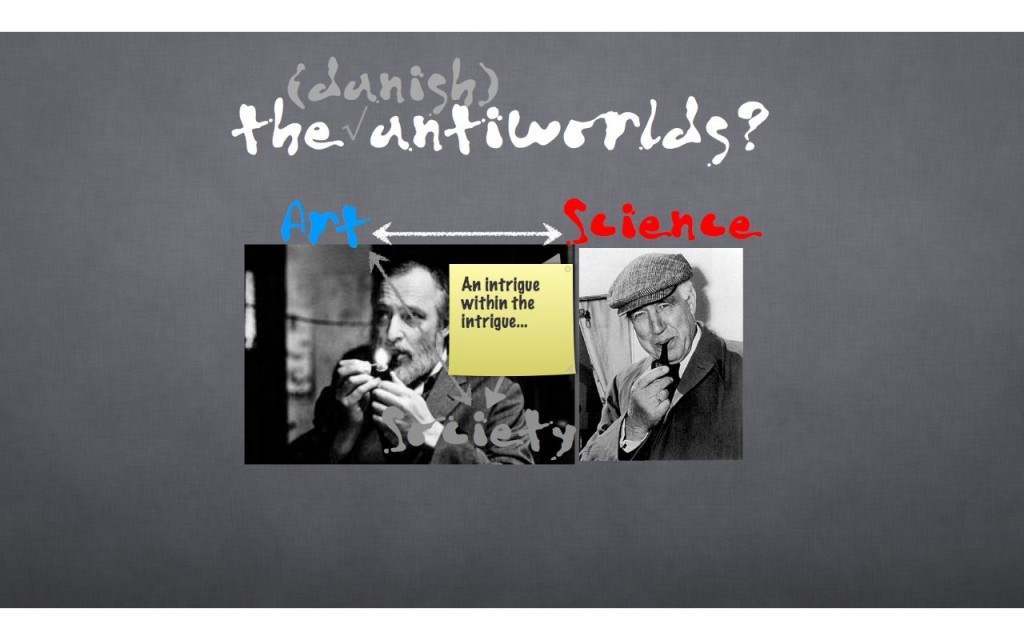
Praise for Joao, because at least I think I could potentially understand what he was saying! Not at once though…
As I admittedly won’t be able to reproduce Joao’s arguments here, this entry will say something about his conclusion. In order to let even the conclusion make any sense to you, I will have to explain some key notions such as complementarity, dialectical materialism and triolectics, first.
Niels Henrik David Bohr (1885-1962) was a Danish physicist who made foundational contributions to understanding atomic structure and quantum mechanics, for which he received the Nobel Prize in Physics in 1922. Bohr mentored and collaborated with many of the top physicists of the century at his institute in Copenhagen. What triggered Jorn’s interest in Bohr was his so-called Copenhagen Interpretation (1927) which deals with the notion of complementarity, a fundamental principle of quantum mechanics. It holds that objects governed by quantum mechanics, when measured, give results that depend inherently upon the type of measuring device used, and must necessarily be described in classical mechanical terms.
Further, a full description of a particular type of phenomenon can only be achieved through measurements made in each of the various possible bases — which are thus complementary. For example, physicists currently conclude that light behaves either as a wave or a stream of particles depending on the experimental framework – two apparently mutually exclusive properties – on the basis of this principle. Bohr found philosophical applications for this daring principle. It basically is the theory of the necessity of contraries as well as a new philosophy of science.
Joao Leao: “One important note is that, according to Bohr, it is the measuring device and its behavior that MUST be described through classical concepts. The quantum entities (if there are any, which Bohr never quite says) may be represented mathematically but any such representation is only symbolic, not descriptive. Wether Bohr’s position leads to a new philosophy or not is also a matter of much discussion.”
It was the wider philosophical implications of the theory of complementarity that Jorn was interested in. As Peter Shield phrases it in Comparative Vandalism- Asger Jorn and the artistic attitude to life, Ashgate/Borgen, 1998: “… Jorn attacks the very basis of Niels Bohr’s attempt to derive a new philosophy of science … . He does this by turning the theory against itself, by making science and philosophy complementary.” (p. 32)
About his motivation to do so Jorn himself said: “The classical world picture belongs with the classical form of language and will perish with it. There is clearly a need for a new ‘language’. A completely new elementary basis for description, a new pictorial form is necessary”. (p.34) The idea that “In common with dialectical materialism, this way of looking at things locates the subject or interest as a basis for every observation”(p.34) built the starting point for Jorn to further philosophize on Bohr’s theory.
Joao Leao: “I am not sure I agree with Shield’s point. I don’t think Jorn critique involved trying out some possible complementary relations such as science versus philosophy or science versus art unless it meant showing that these oppositions are spurious. But your other quotes are quite well taken: Jorn rejected Bohr’s arguments that both language and visual representations of quantum phenomena were inexpressible and justly insisted that what one needs to tackle the Quantum is a new language and a new form of pictoral representation and that was definitely within his own “sphere of interest”. My point is that he made some quite definite proposals that are now proving to be quite fruitful… “
However, Jorn also poses some questions more directly related to Bohr´s theory, questions which he cannot answer but which he would like scientists to respond to. These questions deal with space-time and light, and it is these questions, or propositions for further thinking, which Joao Leao talked about. According to Joao Jorn´s thinking was heading in the same direction as theories developed only in the late 1960’s by Roger Penrose, who proposed Twistor theory as a possible path to a theory of quantum gravity. In theoretical and mathematical physics, twistor theory maps the geometric objects of conventional 3+1 space-time (Minkowski space) into geometric objects in a 4 dimensional space with metric signature (2,2). This space is called twistor space, and its complex valued coordinates are called “twistors.” According to Leao, Jorn was way ahead of his time, and his talk suitably ended with the exclamation “If only they had listened to him!”.
Joao Leao: “This is very accurate but I would stress that twistor space is a “complex” 4-dimensionalm space with metric signature (2,2) even if sounds a bit pedantic. I would also suggest that this is a bit my reconstruction of Jorn’s intensions since he spoke about a “plastic interpretation of Quantum Mechanics” referring not to either wave or particles but instead to light-rays. In Penrose’s twistor space the geometric elements are indeed light-rays which I find quite vindicating of Jorn’s insight. The other telling point I mentioned is that Jorn developed his “triolexion” from his knowledge of Runge’s color sphere, since he had no mathematical tools at his disposal. But this insight is also vindicated today by the increasing use of color in the visualization of complex geometry including twistor geometry! As for the bearing of these developments to the current understanding of quantum mechanics the arguments are more involved but I think they can be made and that is what I am working on.”
For me, it is impossible to judge, but it definitely was an impressive end of the two-day seminar workshop. Hopefully, the organizers will be able to keep their promise and another publicly accessible seminar will take place in around one and a half year from now. I would very much like to attend.
Question for Joao: Joao, I think that you were the one telling me that if I would understand Jorn’s triolectics, I would basically understand the essence of his thinking. Triolectics is inextricably connected to what Jorn thought about Bohr’s theory of complementarity. If you would have to explain triolectics to an uninformed audience, how would you go about?
Joao: To try and answer your question: Yes, I think the whole idea of Triolectics is quite a good starting point to understanding Jorn’s way of thinking which had permanent dimensions of irony, pragmatism, playfulness and a constant craving for disruption, synthesis and free-association. What I have learned from Troels Andersen in Silkeborg also leads me to believe that, through the sixties Jorn was attempting to engage scientists in the same type of “joint ventures” he had with artists through the fifties. He was much less successful, though. His engagement with Bohr was sort of a grand rehearsal, perhaps.
I would NOT say that triolectics is inextricably connected to Bohr’s complementarity but that it is the outcome of a genuine detournement of complementarity and of the Copenhagen version of Quantum Mechanics in that it appropriates and expands the context of Bohr’s doctrines. There is an element of provocation in that Bohr wanted his idea to transcend physics and claimed that complementarity was already affecting other domains of experience, though his arguments for these instances were quite simplistic so Jorn also found triolectics recurring in a variety of contexts. The main difference, however, was that complementary relations were, by definition, unresolvable while triolectic relations suggested a number of intermediate compromises which amounted to creative resolutions. I think that Jorn’s invention of triolectic soccer is a marvelous illustration of this idea and also of the humorous nature of his proposal.
He figured, for example, that if the two weaker teams cooperate they would have a decisive advantage over the stronger one that would only collapse when one of the two cooperant teams would hedge his alliance to finally turn against its partner. Wether this kind of strategy would pay off in quantum theory is a complicated question, of course. What I hope to show is that physics is very much moving in that direction these days.
Note: For a tutorial video about the rules of Three Sided Football (by Pied la biche, October 2009 during the program Veduta (Bienniale of contemporary art of Lyon), you could check: http://vimeo.com/12509689
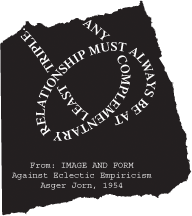
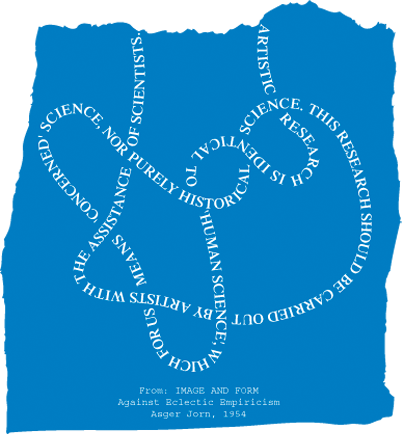
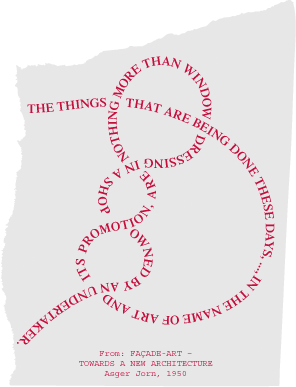
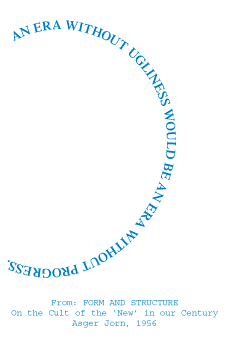
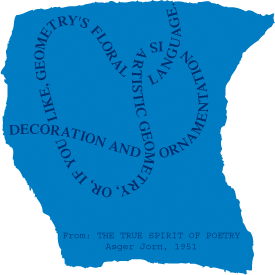
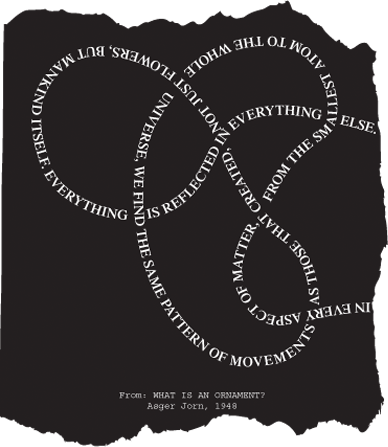
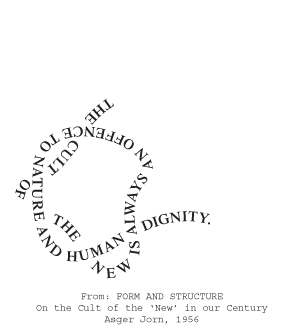
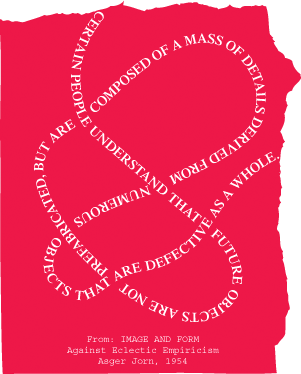
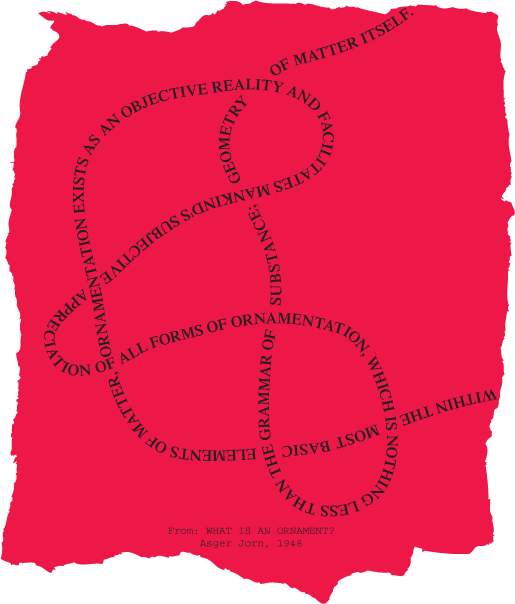
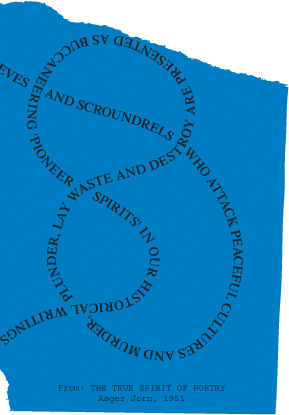
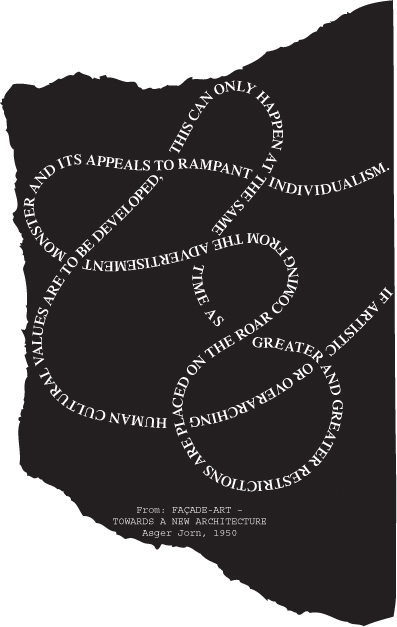
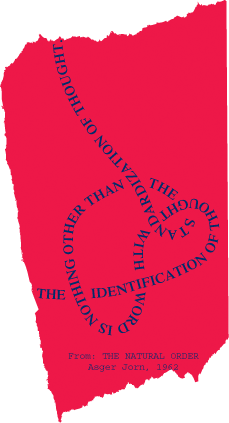
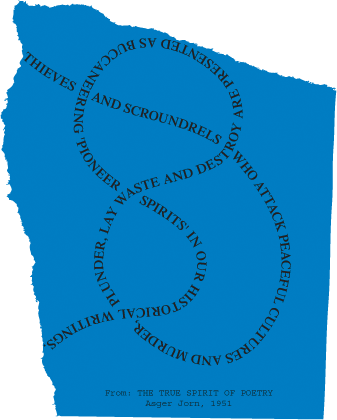
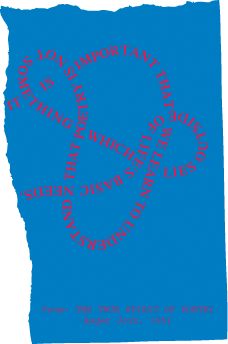
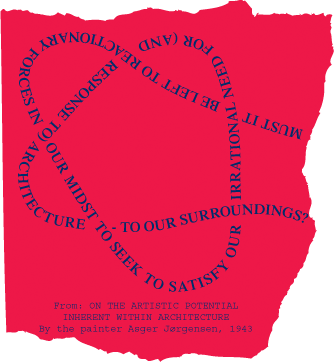
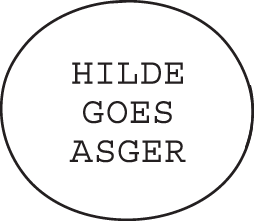
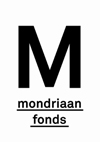
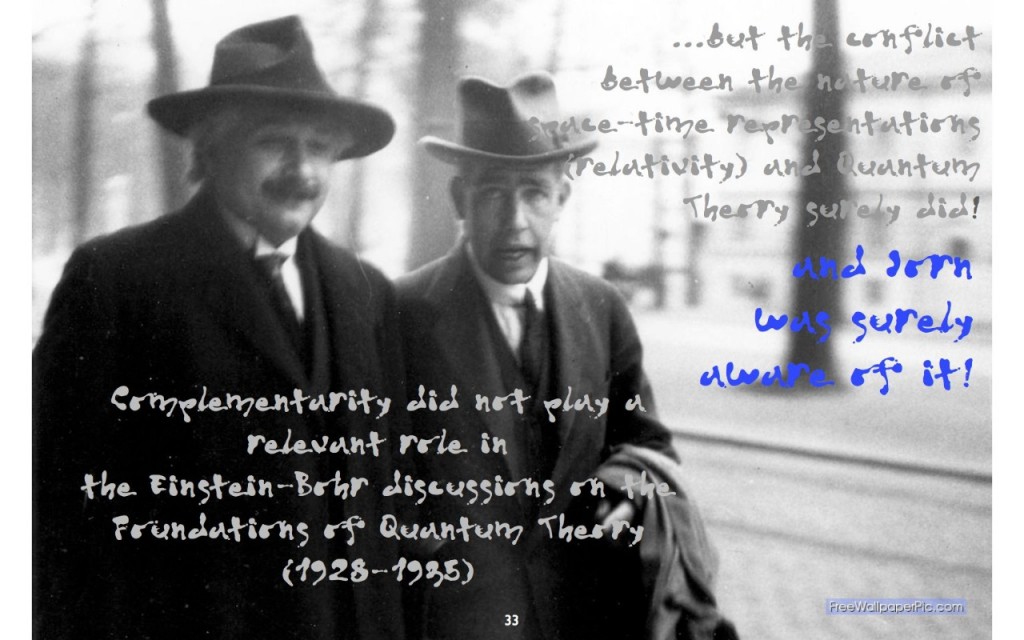

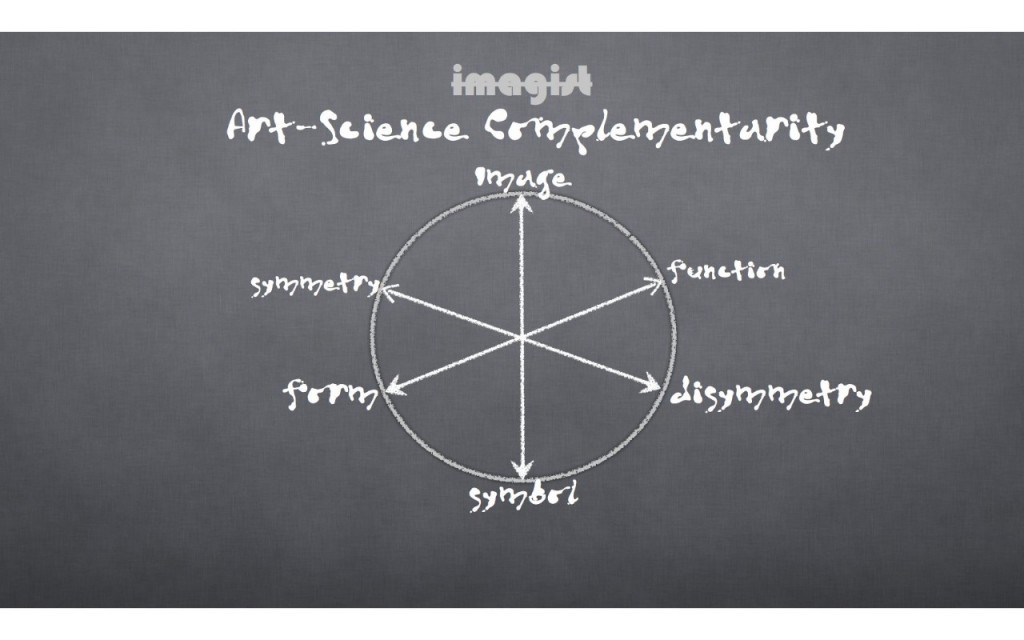

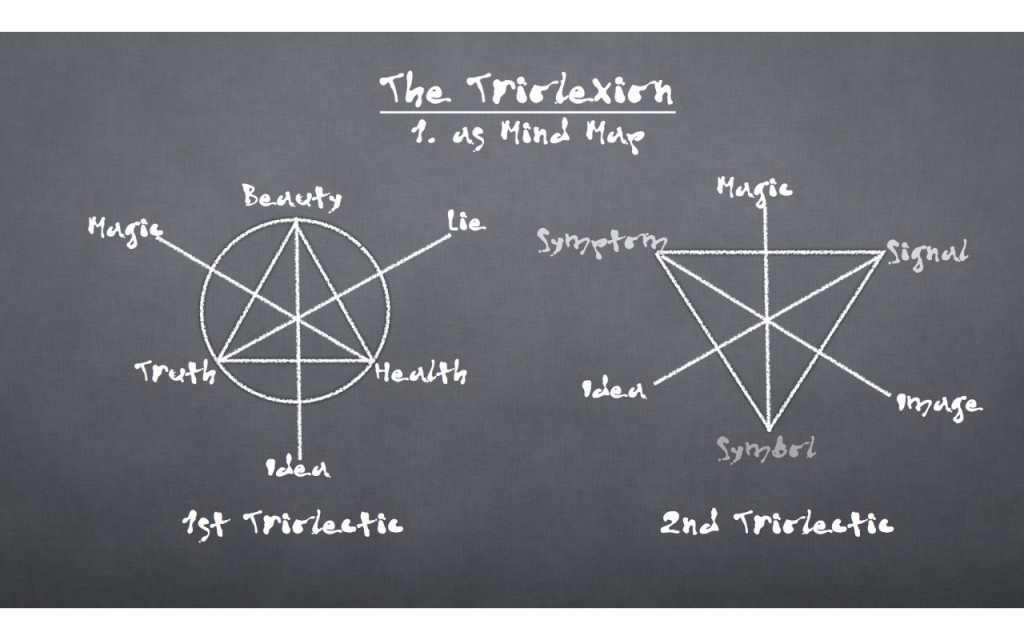
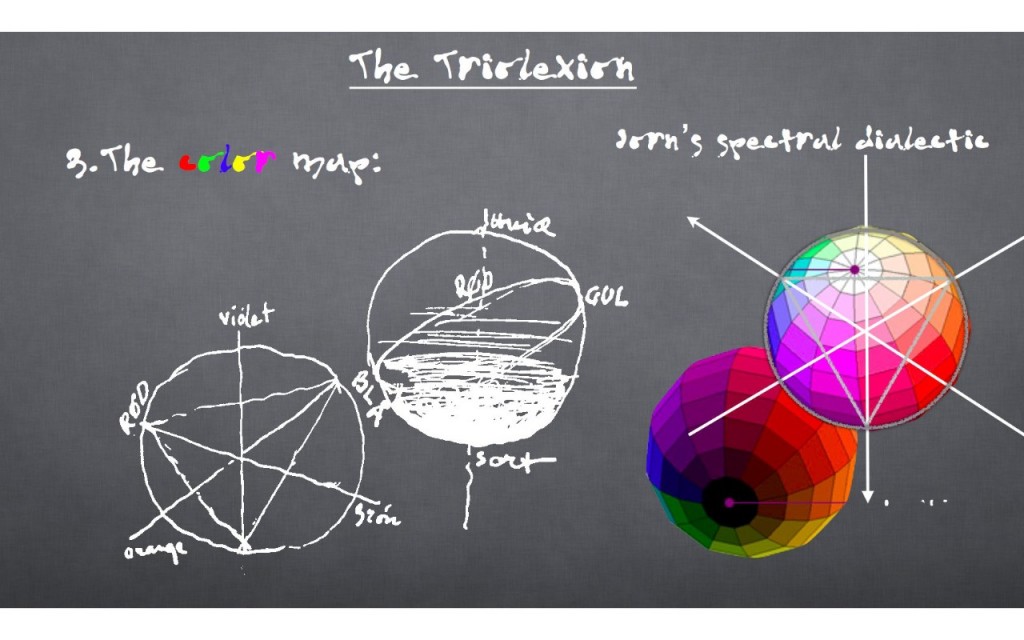
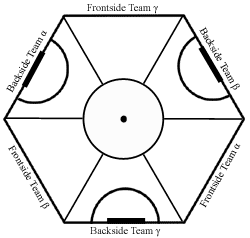
Thank you for this very interesting post. I am getting in touch to let you know that we (the deptford three sided football club) have linked your article to our blog at http://d3fc.wordpress.com/. Please let me know if there is any aspect of our link that you would like revised.
Mark Dyson
Dear Mark Dyson,
Thank you very much for linking to the article! I will link to your blog as well if that is ok to you? It is very interesting to read first-hand experiences with three-sided football!
Kind regards, Hilde
Regards, seems very interesting theories and practical applications of triolectic Mr. Asger Jorn.
We report in Bogota – Colombia (South America) we are conducting tournaments “Three Sided Football” since 2013 and are interested in exchanging information, pictures and videos games “Three Sided Football”.
For more information, we have created this site: http://futbol3colombia.jimdo.com/
Facebook: https://www.facebook.com/futbol3c.oficial
Sincerely,
Fabio Cesar Olaya
Manager Group “Futbol 3 Colombia”
https://www.facebook.com/futbol3c.oficial
http://futbol3colombia.jimdo.com/
email:futbol3v@gmail.com
Dear Fabio,
Thanks! I am no specialist in the threesided football, but love to stay updated about your tournament! It would be nice to see pictures also. As you probably know, Museum Jorn in Silkeborg is also organizing a tournament (soon, or now) because of the 100th anniversary of Jorn. Kind regards, Hilde